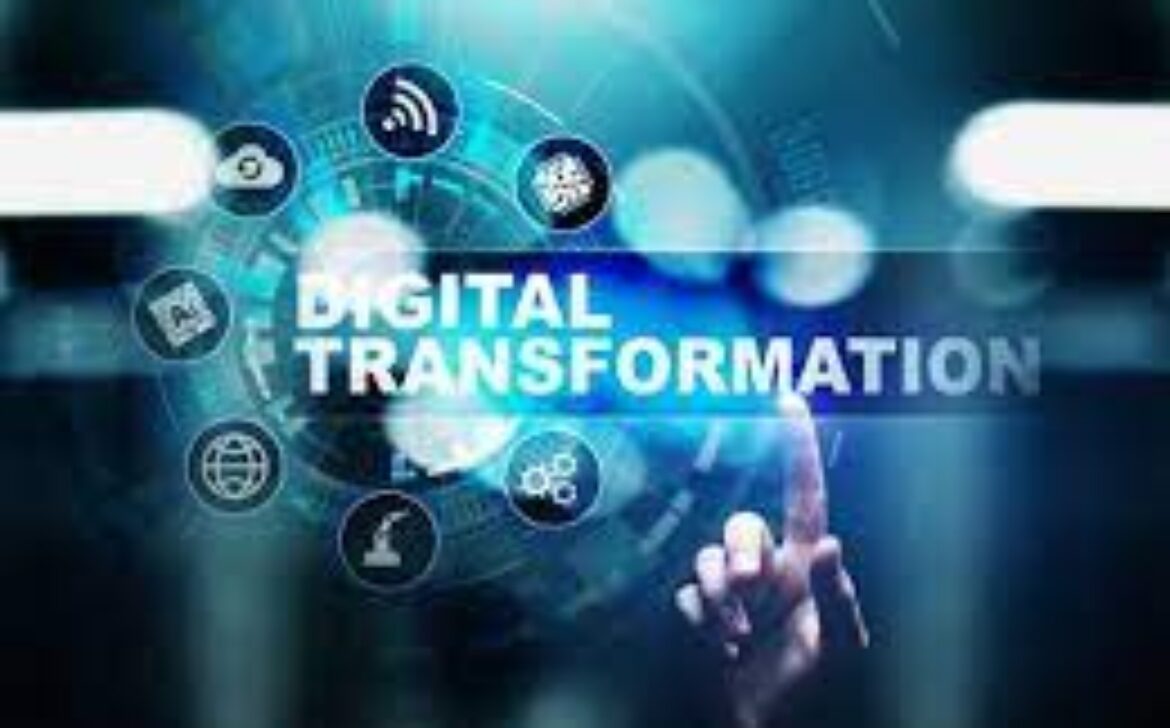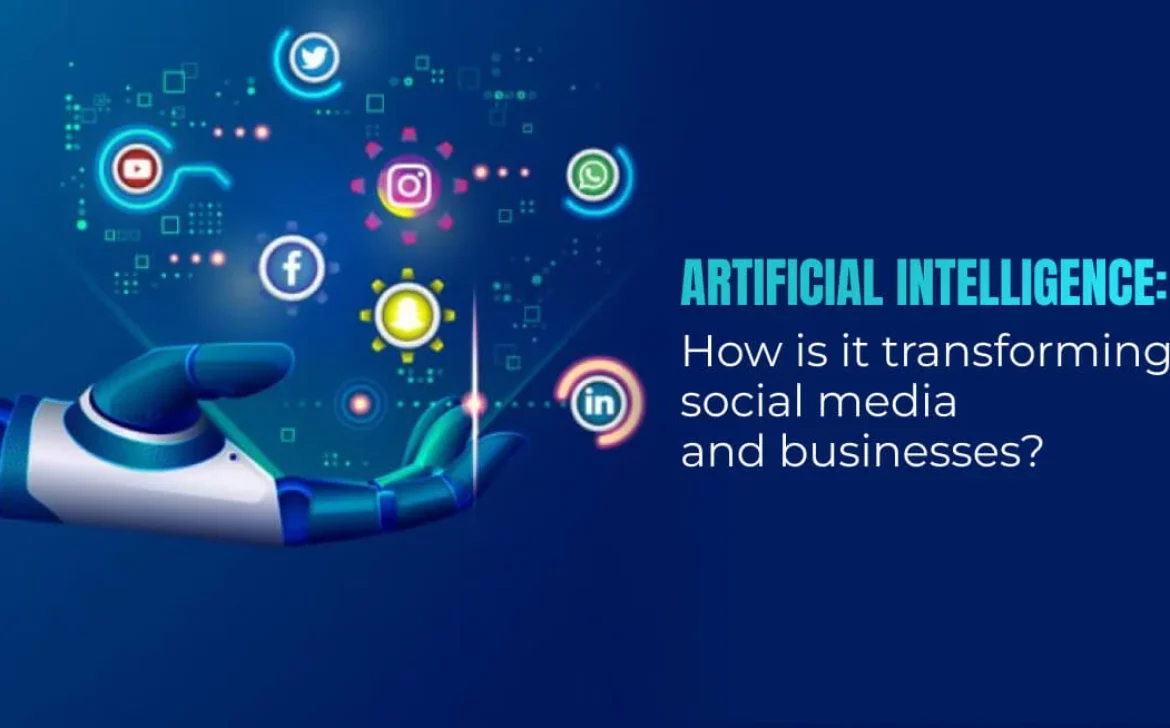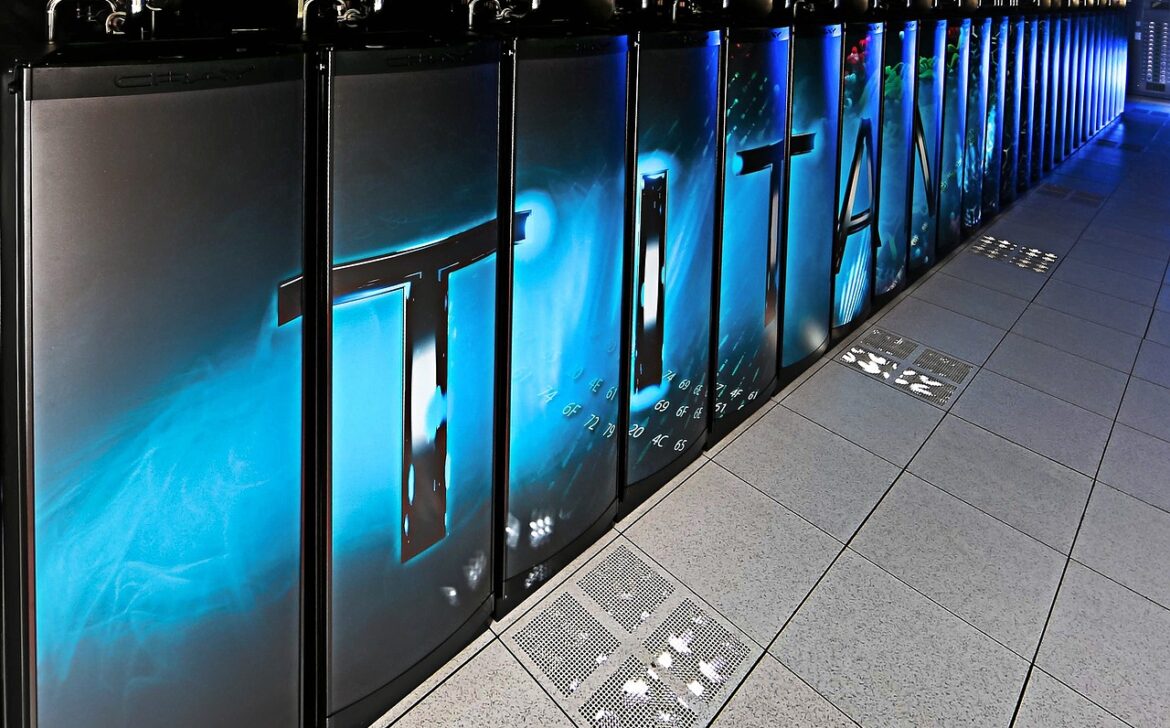Unveiling Peer-to-Peer Networks: Decentralized Collaboration and Sharing


In an age where connectivity and information sharing are paramount, Peer-to-Peer (P2P) Networks have emerged as a powerful alternative to traditional centralized systems. By connecting users directly, P2P networks create an ecosystem where participants collaborate, share resources, and communicate without intermediaries. Let’s delve into the core concepts and applications of P2P networks.
Understanding Peer-to-Peer Networks
At its essence, a P2P network is a decentralized architecture that allows participants (peers) to communicate and share resources directly. Unlike traditional client-server models, where a central server handles requests, P2P networks distribute tasks and responsibilities across all connected peers.
Decentralized File Sharing
One of the most well-known applications of P2P networks is file sharing. P2P file sharing platforms enable users to share and download files directly from other users’ devices. This approach eliminates the need for a central server and accelerates download speeds as more users contribute to the sharing process.
Collaboration and Communication
P2P networks also facilitate collaboration and communication. Messaging apps, voice-over-IP services, and video conferencing platforms often employ P2P technology to establish direct connections between users. This enhances privacy, minimizes latency, and enables real-time interactions.
Distributed Computing
P2P networks extend beyond file sharing and communication. Distributed computing projects, such as those in scientific research and cryptocurrency mining, utilize the collective computational power of connected peers. This approach enables complex calculations and data analysis to be completed faster and more efficiently.
Challenges and Opportunities
While P2P networks offer numerous benefits, they come with challenges. Ensuring data security and privacy in decentralized environments requires innovative encryption and authentication methods. Scalability and network management are also considerations as P2P networks grow.
The Future of P2P Networks
The future of P2P networks holds exciting possibilities. With advancements in blockchain technology, decentralized applications (DApps) are gaining momentum, leveraging P2P networks to provide secure and transparent services across various domains.












